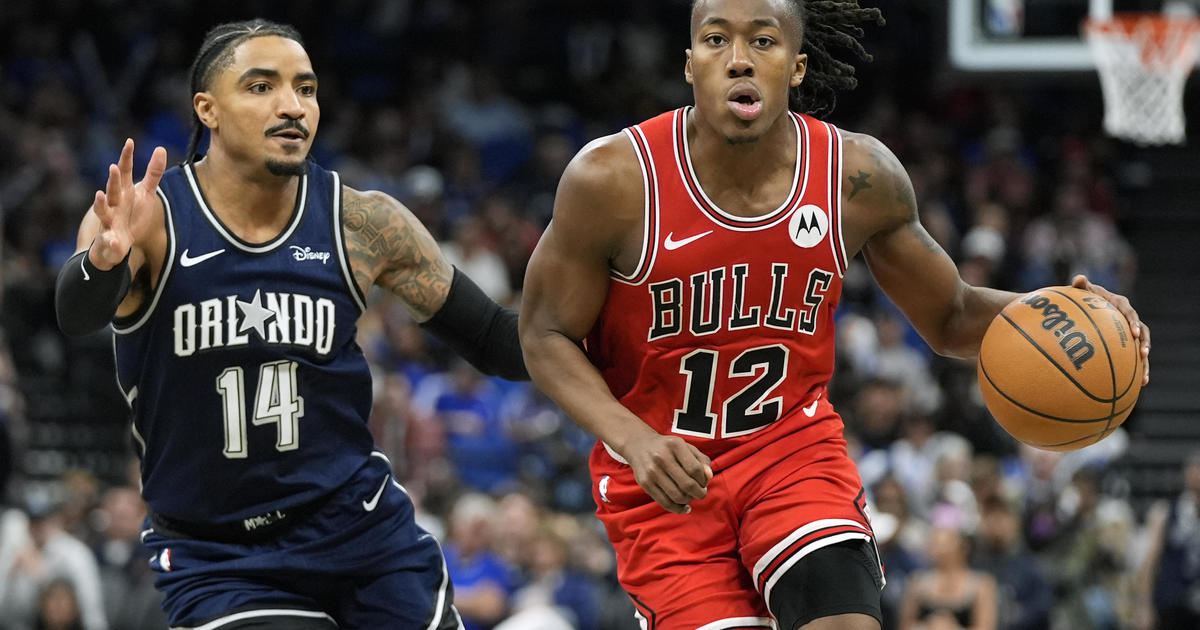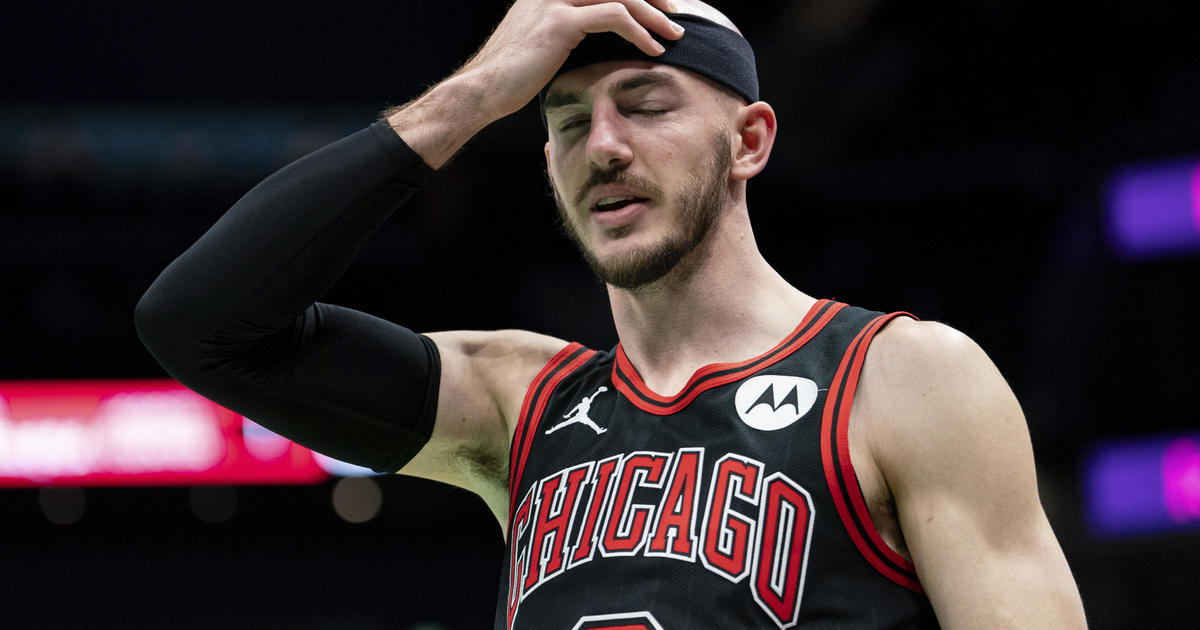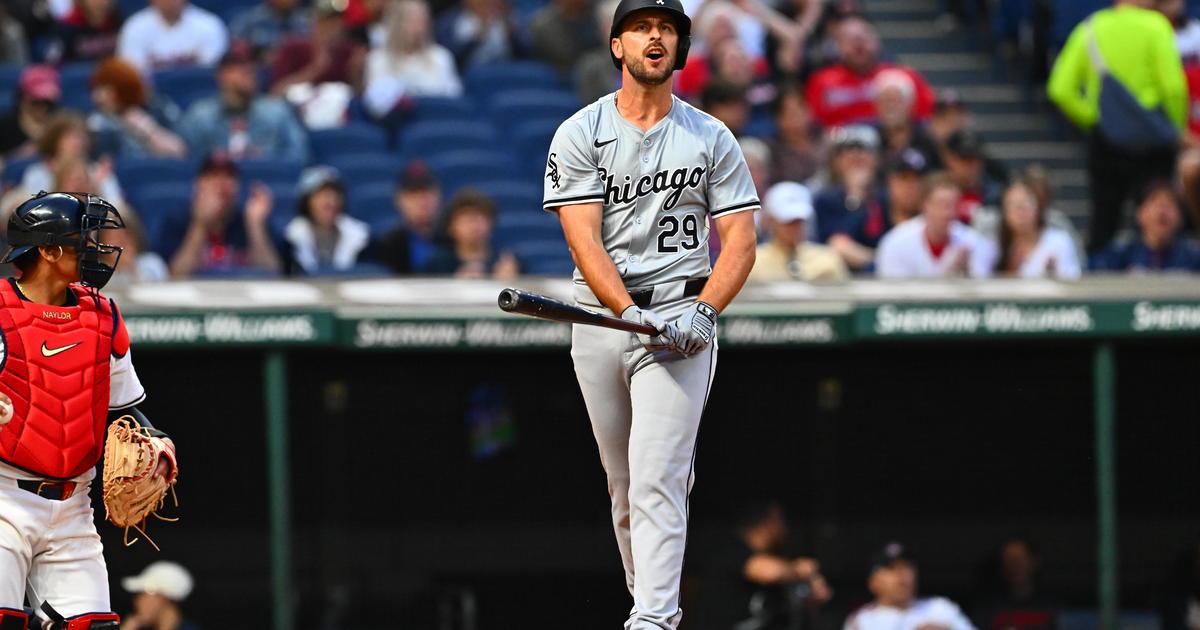Durkin: Know Your Opponent - Miami Dolphins
By Dan Durkin-
(CBS) Since the duo of Bill Belichik and Tom Brady started their reign of dominance in the AFC East in 2001, they've piled up 11 division titles, three Super Bowl trophies and a gaudy 60-16 divisional record. They've left a lot of carnage in their wake, including a combined 38 different starting quarterbacks and 16 different coaches in Miami, Buffalo and New York. Of the three, the Dolphins have had the most "success" against Brady, beating him eight times. However, they've also gone through the most starting quarterbacks (16) and head coaches (seven) over that same span.
Miami's current combination of Joe Philbin and Ryan Tannehill arrived together as rookies in their respective roles in 2012. Philbin was poached from the Green Bay Packers, which was en vogue at the time. His West Coast spread acumen and tutelage of Aaron Rodgers were key factors in his hire for a Miami team primed to draft its franchise quarterback in the first round for the first time in 29 years.
The selection of Tannehill as the eighth overall pick in 2012 draft came as a surprise to some. At the time, Mike Sherman was the Dolphins offensive coordinator, and he had a history with Tannehill from their time together at Texas A&M. Tannehill was actually the Aggies' leading receiver in 2008 and 2009, but in 2010, Sherman made the decision to convert Tannehill from receiver to quarterback.
After two lackluster seasons in which the Dolphins offense failed to hold up its end of the bargain, Sherman was fired this past January. Less than two weeks later, Bill Lazor was hired. He was most recently the quarterbacks coach for the Philadelphia Eagles, and Lazor was credited for helping develop Nick Foles into the NFL's top-rated passer in 2013.
What followed Lazor to South Beach was Chip Kelly's up-tempo attack, predicated on packaged plays, shifts, motions, a multitude of formations and easing the quarterback's decision making, which should decrease the number of hits Tannehill takes, as he was sacked a league-high 58 times last season.
Tannehill's athleticism is a match for the system, and his lack of arm strength can be mitigated in this scheme by making quicker decisions about where to go with the football earlier in his progressions.
However, in Miami's 2-3 start ahead of Sunday's matchup at Chicago, Tannehill has been inconsistent. Obviously, it takes a while to learn a new system, but even with the new scheme, he's still showing the same issues he had last season. He's struggling to push the ball down the field, and his accuracy wanes.
In a parallel move, the Dolphins made a concerted effort both in free agency and the draft to bolster their offensive line. They signed left tackle Brandon Albert (Chiefs), who is one of the league's premier pass blockers, and drafted right tackle Ja'Wuan James (Tennessee) in the first round this past May.
The Dolphins have beefed up along their front, but it's fair to wonder if they're still a few years away from having the full complement of weapons necessary to optimally run Lazor's scheme.
Prior to Lazor's arrival, the Dolphins made a $60 million investment in receiver Mike Wallace. The need for more talent and speed at the receiver position was obvious, but the fit was curious. Wallace has elite speed to stack on top of a cornerback, but Tannehill isn't a deep-ball thrower. Furthermore, Wallace isn't a skilled route runner; he's best utilized on verticals and quick screens where he can use his speed to create yards after the catch. Lazor has found ways to get the ball in Wallace's hands by lining him up in a variety of formations, and he leads the team in every receiving statistic.
Brian Hartline is the most reliable receiver on the roster, but he lacks suddenness. Rookie Jarvis Landry has flashed playmaking skills both as a returner and a receiver but is still learning the nuances of playing receiver in the NFL.
The Dolphins offense has had success on the ground, but it suffered a setback against the Packers last Sunday. Knowshon Moreno was lost for the season with a torn ACL, taking away the power element from the ground game. Moreno being done for the season thrusts Lamar Miller into the role of the primary ball-carrier. Miller is a perimeter runner with speed, but he struggles to break tackles and leaves yards on the field. Miller has improved in pass protection, but his contributions as a pass receiver have been sparse.
As the offense finds its way once again, the defense will lead the charge for the Dolphins.
Defensive coordinator Kevin Coyle's 4-3 scheme is predicated on a deep rotation along the defensive front, which allows his hybrid coverage schemes to succeed. Coyle was a longtime defensive backs coach who likes to mix and match his coverages and safety rotations at the snap of the ball to scramble the quarterback's presnap reads.
Miami boasts one of the AFC's most athletic and disruptive set of defensive ends in Cameron Wake and Oliver Vernon. Since making his way to the NFL in 2009 by way of the CFL, Wake has 55 sacks in 67 starts. Wake operates primarily from the left side -- which matches him up against the opponent's second-best offensive tackle -- and has an uncanny ability to dip his shoulder underneath a blocker, getting them to lunge as he bends the edge to the quarterback. Wake has a lower center of gravity and uses his natural leverage to get under blockers with rip and arm-under moves, rather than trying to swim or arm-over and get off-balance.
Vernon only had 16 collegiate starts at the University of Miami and was a project heading into the pros. In college, Vernon wasn't just a pass rushing defensive end, but he was used in coverage drops in fire-zone packages. This versatility has benefited him with the Dolphins, who use him in the same capacity, deploying him from two- and three-point stances as well as a linebacker on occasion.
On the interior, the Dolphins have a fierce group of run-stuffers headed by Randy Starks, Jared Odrick and Earl Mitchell. The versatility of this group to play both inside and outside allows Coyle to mix and match his fronts.
At the second level of the defense, Philip Wheeler and Jelani Jenkins are flashing both against the run and the pass. Wheeler was caught in an unfortunate matchup at the end of the Packers game that cost the Dolphins, but that play had more to do with the call than the execution. Wheeler shouldn't have been put in that spot to begin with. Jenkins is a budding second-year player -- and former teammate of Bears linebacker Jonathan Bostic -- who has fit the run well. The Dolphins are 13th against the run this year, allowing 110 yards per game.
In the secondary, the Dolphins give up size, but cornerback Brent Grimes plays with tenacity and technique and shows a great ability to break on the ball. Cortland Finnegan was given new life in Miami, and while he's nowhere near the player he once was in Tennessee, he's still a physical player who is willing to challenge releases and press of the snap.
The Dolphins defense will keep the team in most games, but will the offense progress fast enough to make Miami a wild-card contender?
Dan Durkin covers the Bears for CBSChicago.com and is a frequent contributor to 670 The Score. Follow him on Twitter at @djdurkin.



